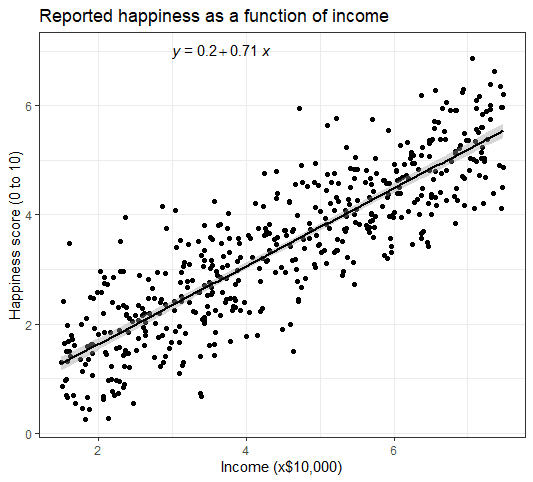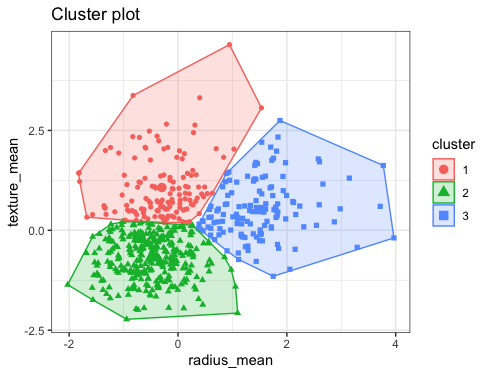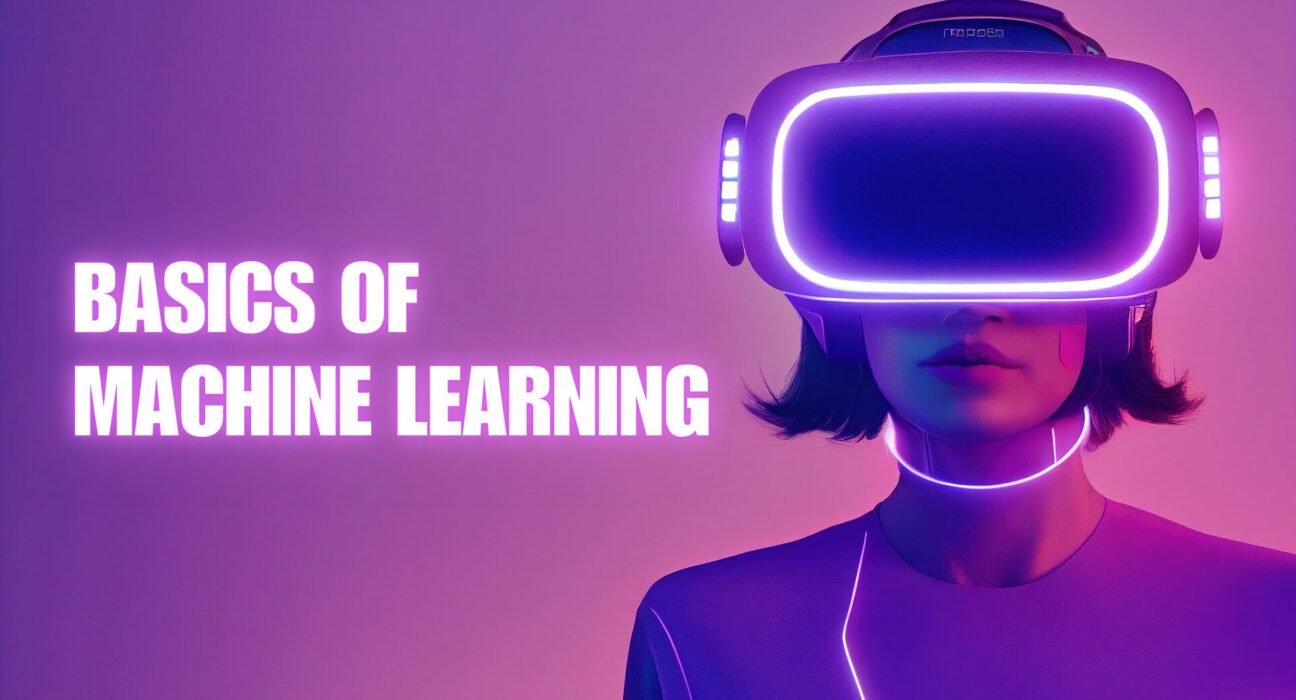Have you ever used YouTube, talked to Alexa, or played games where the computer seems super smart? That’s because of Machine Learning (ML) — it’s like teaching computers to think and learn, just like humans!

Let’s explore this amazing world of smart machines in a fun and simple way!
Table of Contents
ToggleWhat is Intelligence?
Intelligence means being smart, not just memorizing things, but also understanding, learning, and solving problems. Humans are intelligent because we can:
- Learn from our mistakes
- Understand language
- Recognize people and animals
- Make decisions
Example: If you touch a hot pan and get burned, your brain remembers not to do it again. That’s learning from experience — that’s intelligence.
What is Artificial Intelligence (AI) and How Does It Work?
Artificial Intelligence (AI) is when computers try to act smart, like humans. They’re made to learn, think, and solve problems. But they don’t have a brain like us — they use data, math, and programs.

Example: Have you ever asked Siri or Google a question like, “What’s the weather today?” That’s AI at work! It understands your words, finds the answer, and talks back to you.
How Does AI Work?
AI works a bit like how we learn:
- Input: Give it information (like photos, numbers, or text).
- Training: Show it examples with correct answers (like “This is a cat”).
- Learning: It finds patterns in the examples.
- Output: It makes smart guesses next time, like recognizing a new photo of a cat.
What is Machine Learning?

Machine Learning is a special part of AI that helps computers learn on their own. Instead of telling them exactly what to do, we let them learn from examples, just like how you learn math or reading.
Example: If you show a computer 1,000 pictures of dogs and say “These are dogs,” it will learn what a dog looks like. Then when you show a new photo, it can say, “Hey, that’s a dog!” 🐕
It’s like teaching a friend how to recognize your pet by showing them lots of photos.
Humans vs. Machines
Humans and machines can both be smart — but in very different ways!
Humans have natural intelligence. We can feel emotions like happiness, sadness, or surprise. We use our imagination to tell stories, create art, play music, and invent new things. We also learn by experience, like falling while riding a bike and getting better each time.

Machines, on the other hand, don’t have feelings. They don’t get happy or sad. But they can learn fast if we give them lots of data. They can remember thousands of facts without forgetting. They’re great at doing repetitive or boring tasks quickly, like solving math problems or searching through tons of information.
But machines can’t think creatively like humans. They don’t dream, they don’t write poems, and they don’t care about hugs or cookies! 🍪
So even though machines can do some amazing things with machine learning, they still need humans to guide them, teach them, and give them purpose.
Types of Machine Learning
1. Supervised Learning – Learning With a Teacher
In this type, the computer gets questions AND answers to learn from.
Supervised learning is a machine learning technique that uses labeled datasets to train artificial intelligence algorithm models to identify the underlying patterns and relationships between input features and outputs. The goal of the learning process is to create a model that can predict correct outputs on new real-world data.

Example:
Imagine teaching a computer what fruits look like. You show it 100 pictures:
- Picture 1: “This is an apple.”
- Picture 2: “This is a banana”
It looks at color, shape, and size — and learns how to tell apples from bananas. Next time you show a new fruit, it guess what it is!
2. Unsupervised Learning – Learning on Its Own
In this type, the computer gets only the questions, not the answers! It must find patterns by itself.
Unsupervised learning is a branch of machine learning that deals with unlabeled data. Unlike supervised learning, where the data is labeled with a specific category or outcome, unsupervised learning algorithms are tasked with finding patterns and relationships within the data without any prior knowledge of the data’s meaning. Unsupervised machine learning algorithms find hidden patterns and data without any human intervention, i.e., we don’t give input to our model. The training model has only input parameter values and discovers the groups or patterns on its own.

Example:
You give a computer 500 photos of toys — dolls, cars, balls — but don’t label them. It groups similar ones:
- Group 1: All the balls
- Group 2: All the cars
- Group 3: All the dolls
It organizes data by spotting hidden patterns.
3. Reinforcement Learning – Learning by Trying
This type is like playing a game! The computer tries things out, gets rewards for good choices, and learns from mistakes.
Reinforcement Learning (RL) is a machine learning technique where software learns to make decisions by trial and error, just like humans. It uses a reward-and-punishment system — actions that help achieve the goal are reinforced, while wrong actions are ignored. RL algorithms learn from feedback and can handle delayed rewards, sometimes making short-term sacrifices for long-term success. It helps AI systems find the best strategies even in new, unseen environments.
Example:
A robot is learning to walk. The first time, it falls. Oops! But every time it gets better and gets points when it walks further. After many tries, it learns to walk just like you did as a baby!
Popular Machine Learning Algorithms

Linear Regression
Linear regression is also a type of supervised machine-learning algorithm that learns from the labelled datasets and maps the data points with most optimized linear functions which can be used for prediction on new datasets.

It computes the linear relationship between the dependent variable and one or more independent variables by fitting a linear equation with observed data. It predicts the continuous output variables based on the independent input variable.
Example:
You’re growing taller every year. The computer sees the pattern and guesses your height next year.
Decision Trees
A decision tree is a supervised learning algorithm used for classification and regression modeling. Regression is a method used for predictive modeling, so these trees are used to either classify data or predict what will happen next.
Decision Tree Algorithm is a classic supervised learning model that uses a treelike graph to represent a flow-chart-like structure. It makes sequential decisions based on attribute tests to classify data into different classes.
Example:
Is it round? ✅
Is it red? ✅
Then it’s an apple!
K-Means
K-Means is an unsupervised machine learning algorithm used to partition a dataset into K distinct clusters based on feature similarity. It begins by randomly selecting K centroids and then assigns each data point to the nearest centroid, forming K groups.
After grouping, the algorithm recalculates the centroids and repeats the assignment process until the centroids stabilize. The main goal of K-Means is to minimize the variance within each cluster and maximize the separation between different clusters.
Imagine This…
Let’s say you have a big box of mixed candies — some are red, some are yellow, and some are green. You want to group them by color, but you don’t know which is which?
K-Means looks at all the candies and says:
“Hmm… I think I see 3 different kinds here. I’ll try to make 3 groups!”

It then tries to sort them into 3 piles (or clusters) based on their color or shape or size — whatever makes them different.
Conclusion: What Did We Learn?
Wow! You’ve just taken your first step into the amazing world of Machine Learning — and that’s something to be proud of!
We started by learning what intelligence means — how we, as humans, learn from our experiences. Then, we explored how computers can also become “smart” using Artificial Intelligence (AI) and Machine Learning (ML).
We saw how machines and humans are both smart in their ways:
- Humans are great at thinking creatively, feeling emotions, and solving new problems.
- Machines are superfast at spotting patterns and handling big data.
You also discovered that there are different types of machine learning — somewhere machines learn by being told what’s right (like a teacher), somewhere they figure things out on their own (like solving a puzzle), and even some that learn by getting rewards (like earning stars in a video game! ⭐).
We even explored a real ML algorithm called K-Means, where machines sort things into groups all by themselves. Cool, right?
For More Such Blogs, Visit Woocur
“Experience the power of words with Woocur: Empowering Writers, Inspiring Readers”
Thank you 🙂






